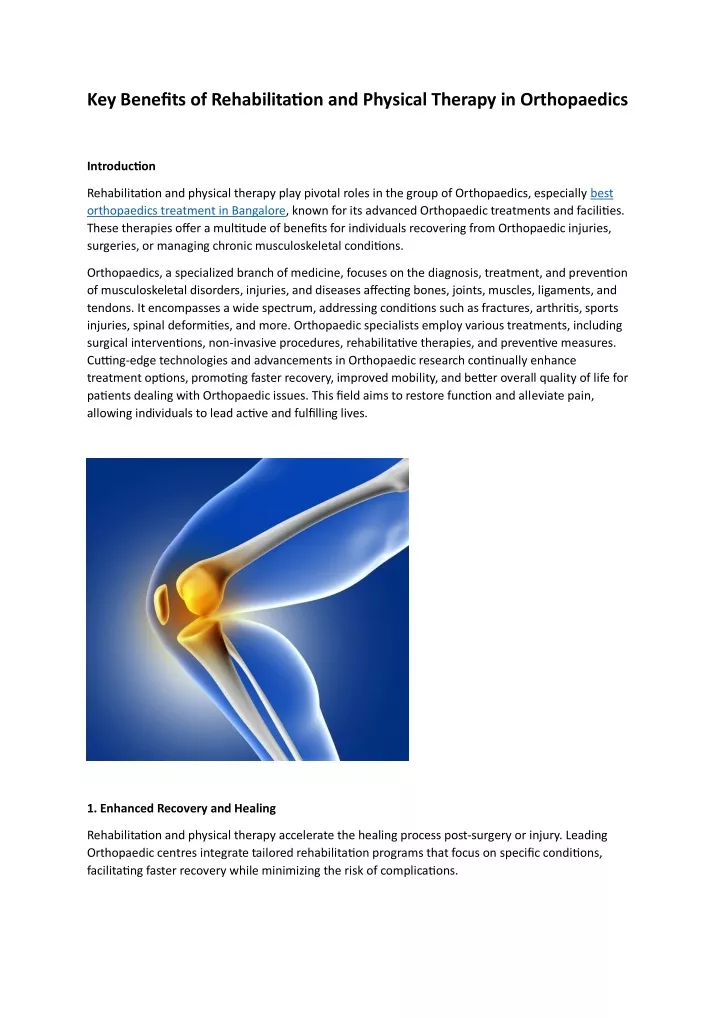Narconon Africa Things To Know Before You Get This
Wiki Article
The Ultimate Guide To Narconon Africa
Table of ContentsThe Only Guide for Narconon AfricaNarconon Africa Things To Know Before You Get ThisFascination About Narconon AfricaNarconon Africa Things To Know Before You BuyNarconon Africa Fundamentals ExplainedThe Of Narconon AfricaThe Basic Principles Of Narconon Africa
In a collection of documents with Manudeep Bhuller and Katrine V. Lken, we overcome these data difficulties and the nonrandomness of jail time, supplying brand-new understandings into exactly how imprisonment influences recidivism, work, children, and criminal networks - Heroin addiction treatment. Figure 1 Our work researches the effects of incarceration in Norway, a setting with 2 crucial advantagesWe can even more link this information to other household members, including youngsters and brother or sisters. We have information on co-offending that enables us to map out criminal networks for observed criminal activities. Second, we can take advantage of the random project of criminal instances to judges who differ in their propensities to send accuseds to prison.
However some judges send accuseds to prison at a high rate, while others are extra tolerant. We measure a judge's stringency as the ordinary incarceration rate for all other situations a court handles, after managing for court and year set effects, which is the degree of random project. This quasi-random project of court stringency can be made use of as a tool for imprisonment, as it highly anticipates the court's choice in the current situation, however is uncorrelated with various other instance characteristics both deliberately and empirically.
Getting My Narconon Africa To Work
Characteristics of prisoners, consisting of demographics and crime groups, are generally comparable in Norway and other countries, including the United States, with the exceptions that the United States murder rate is much greater, and race plays a larger function there. What sticks out as different, particularly compared with the USA, is the jail system.Number 2In Norway, the ordinary time spent behind bars is a little over six months, which resembles most various other Western European nations. This contrasts with average United States jail time of almost 3 years, which is in large component the reason the United States is an outlier in its incarceration rate compared to the remainder of the world [Number 1]
The Ultimate Guide To Narconon Africa
This gives far more separation between small and solidified crooks than exists in the USA. There is no congestion in Norwegian prisons and far better individual security, with each detainee being appointed to their own cell and a higher inmate-to-staff ratio than in the United States (https://gravatar.com/narconon0346). Prisons in Norway also supply well-funded education and learning, medication therapy, psychological wellness, and task training programsOur study on the results of imprisonment on the wrongdoer, using the arbitrary job of courts as an instrument, yields three essential searchings for. Initially, imprisonment discourages even more criminal behavior. We locate that imprisonment reduces the possibility that an individual will reoffend within 5 years by 27 percentage points and minimizes the equivalent variety of criminal fees per person by 10 costs.
How Narconon Africa can Save You Time, Stress, and Money.
We find large reductions in reoffending probabilities and advancing billed criminal activities even after offenders are released from prison. Our 2nd outcome is that bias as a result of option on unobservable individual attributes, if neglected, leads to the wrong final thought that time invested in jail is criminogenic. If we merely compare criminal defendants sent Narconon program to prison versus those not imprisoned, we locate favorable organizations in between imprisonment and succeeding criminal offense.This stands in comparison to our analysis based on the random job of courts, which finds an opposite-signed result. Third, the reduction in criminal activity is driven by people who were not working before incarceration. Among these individuals, imprisonment increases involvement in programs guided at enhancing employability and lowering regression, and this ultimately elevates work and incomes while preventing criminal actions.

Imprisonment creates a 34 percent factor rise in engagement in work training programs for the previously nonemployed, and within 5 years their employment rate boosts by 40 percentage points. At the same time, the chance of reoffending within five years is reduced by 46 percent factors, and there is a decrease of 22 in the typical number of criminal costs.
Narconon Africa - Truths

A plausible explanation for the difference is that Norway's prison system varies considerably, both in terms of prison-term length and prison problems, from the US prison system. While comprehending the impacts of incarceration on the offender is a vital primary step, catching spillover impacts is likewise vital for examining criminal justice policy and creating reliable prison systems.
Not known Factual Statements About Narconon Africa

Common least squares approximates expose that kids of incarcerated dads are 1 percentage factor most likely to be billed with a criminal activity, about a mean of 13 percent, and show no effect on school grades. Using our judge stringency tool, we discover no statistical proof that a dad's imprisonment influences a youngster's own criminal activity or institution grades, yet we are not able to rule out modest-sized results.
The 6-Minute Rule for Narconon Africa
We define criminal groups based upon network links to previous criminal cases. Our analysis returns 3 main searchings for. Initially, when a criminal network member is incarcerated, their peers' possibility of being billed with a future criminal activity decreases by 51 percent factors over the next 4 years. Having an older sibling put behind bars decreases the probability his more youthful sibling will be charged with a criminal offense by 32 percentage points over the next four years.Report this wiki page